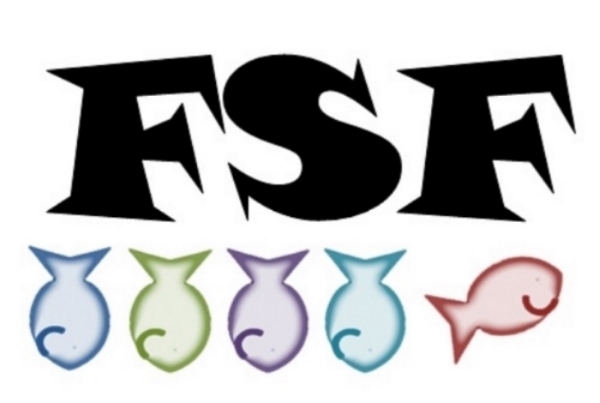Time for some more Dickens! Most of my friends know how I adore Dickens as a writer (but am conflicted with a few of his actions as a person like how he treated his wife). But this film a micro-biography. A look at an isolated time of his life long before all of that. I’m talking about when he wrote A Christmas Carol, a book I love so much I can recite it. Do you want to hear the open paragraphs about “dead as a doornail”? No. Oh. Okay. Then I guess I’ll just keep typing then.
The Man Who Invented Christmas is about the few weeks in which Dickens (played by Dan Stevens) worked to write, lasting holiday story in the midst of bankruptcy and dealing with his irresponsible father (played by Jonathan Pryce) who wants to be a part of his family life once again.
Before I get too far into the this blog, I do want to point out the only inaccurate historical detail in the film that drove me absolutely insane. John Dickens, Charles’s father, buys the family a pet raven as a sign of goodwill and holiday cheer, in the winter of 1843 when he’s writing A Christmas Carol. Here’s my issue with it. The real Dickens family had their pet raven years before that. Grip, the beloved pet raven, is featured heavily in Dickens’s 1841 novel Barnaby Rudge (which, yes, I’ve red. I’m that much of a fangirl plus I REALLY love ravens). Grip died that same year and Dickens replaced him with Grip II and eventually Grip III. These second and third ravens were not nearly as clever and fun as the original Grip and the children didn’t care much for them, but Dickens himself felt that ravens made the best pets and wanted to set an example. This had nothing to do with his father. Even so, I wish the movie had made a reference to the original Grip. the beloved raven that Dickens made a central character in one of his books (granted one of his hardest to get-through books but . . .)
Off my historian soapbox I get. Back to the film. There is so much I could say about this one involving the writing process and the life of an author. There’s Dickens facing ruin after his last two books didn’t sell well. There’s his weariness at facing the criticism of other writers like William Makepeace Thackeray (you know, the guy that wrote Vanity Fair). There is the way Dickens observes and takes notes on names and events around him in search of inspiration. The idea of deadlines keeping an author on task. And of course there are the little distractions in the midst of writer’s block like playing the concertina accordion. I think I need an accordion. But let us get down to writing A Christmas Carol itself and how it’s portrayed in the film.
The movie jumps between the reality of Dickens writing, the flashbacks of his troubled childhood, and his imaginary interactions with Scrooge the character. He draws upon the men he meets at his charity lectures and on the streets of London to develop the old miser, using direct quotes he hears from a “self-made” businessman who believes the poor would be better off dead. He is equally inspired by the supernatural Irish tales he overhears a maid telling his children.
When his publishers doubt that they could print such a book in time for Christmas, what is considered a minor holiday in Britain at this time, Dickens declares that he will self-publish. This is totally true. Dickens really did believe that Christmas should encourage charity and giving and he wanted this new book to inspired people in time for that holiday. Therefore, he printed it at his own expense (which he didn’t even do in a cheap way when he insisted that his book be a hardcover with a gilt title). By the way, Dickens aficionado Simon Callow (see the Unquiet Dead blog) has a cameo as the book designer Leech. Charles’s friend John Forster (played by Justin Edwards) advises him against his, but still goes along with the idea. Historian note: Forster was well-known in his own right as a newspaper literary critic. I don’t think he was Dickens’s business manager like the movie shows, but they were close friends and he owned several original manuscripts that Dickens gave to him.
The best parts of the film are when Dickens interacts with a Christopher Plummer Scrooge and the other characters of his novella portrayed by the people who inspired them. This includes how Tiny Tim came from the illness of his nephew Henry Burnett Jr. (the son of his older sister and a popular singer, Fanny, a name also used in A Christmas Carol for Scrooge’s kind sister). Sadly, in reality both Fanny and Henry Jr. would die in 1848 so their being included in the movie feels rather bittersweet.
Most authors do have a way of speaking to their characters or at least being forced to listen to them. However, I’ve yet to have Christopher Plummer show up in my office. Maybe I’m doing something wrong.
Image belongs to Parallel Films and Rhombus Media. Dan Stevens and Christopher Plummer as Dickens and Scrooge respectively



